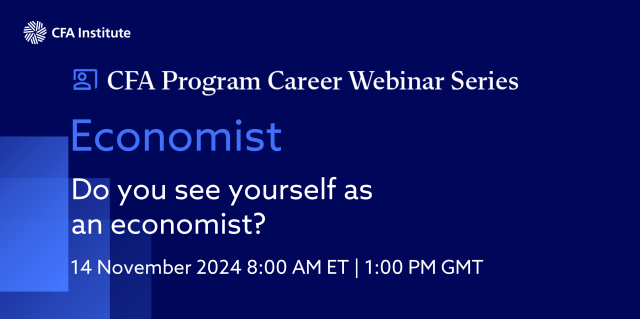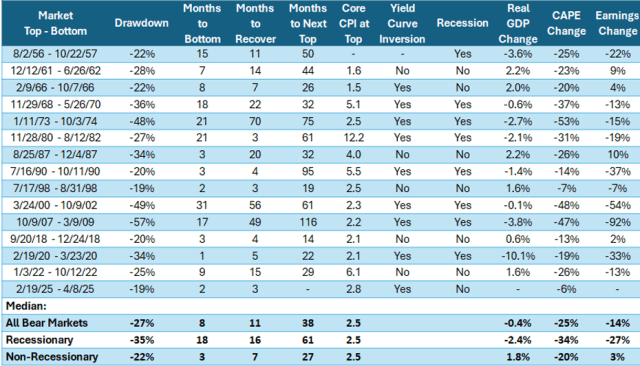Book Review: The New World Economy in 5 Trends
Book Review: The New World Economy in 5 Trends: Investing in Times of Superinflation, Hyperinnovation and Climate Transition. 2024. Koen De Leus and Philippe Gijsels. Lannoo Press. One kind of reader may be looking for a sober analysis of the economics of megatrends. Another may be looking for something more wide-ranging, humorous, and eclectic, replete with pointers toward investment opportunities. For both kinds of reader, The New World Economy in 5 Trends will be a welcome find. The book presents an interaction between its two authors, who have contrasting styles that manage to come together as a coherent whole. Koen De Leus, chief economist at BNP Paribas Fortis in Belgium, and Philippe Gijsels, chief strategy officer at the same institution, coauthored this book. De Leus is the diligent economist who approaches his topics with thorough data-driven analysis, focused on identifying the future implications for the economy of today’s changing world. Gijsels focuses on identifying the investment implications of these economic changes. Clearly a bookworm, Gijsels refers again and again to his wide reading. He has a weekly presentation of new books on LinkedIn, “Over My Shoulder,” and his style of analysis can lead him in unexpected and interesting directions. At its core, the book examines five specific trends that the authors believe will have the greatest impact on economies and investments between now and the middle of this century. The trends highlighted are innovation and productivity, climate, multiglobalization, debt, and aging. Analysis of trends or megatrends is nothing new. Note, for example, that something similar features in the CFA Institute curriculum for the Certificate in ESG Investing. What may be new here is the use of such detailed economic analysis to inform investment implications. The section on aging offers a particularly good example of how the economist and the strategist interact. De Leus analyzes global demographic trends comprehensively, by age group, country, and region. He looks at trends in the dependency ratio, the resulting “time bomb under the social security system,” and impacts on interest rates and inflation, as well as possible remedies available to different countries. Gijsels’s contribution to the chapter is more eccentric. He “interviews” nineteenth century economists Thomas Malthus and David Ricardo. He coins new terms like “seniorescence” and “transiteer,” and he refers to French fables. Out of these eclectic elements, however, comes solid analysis of investment opportunities — biotechnology, robotics, the experience economy, battery technologies, real estate, and more. Naturally, the authors stress that the ideas in the book “should in no way be seen as investment advice. We are merely providing you with a few foundational concepts.” The trends often overlap. For example, the section on aging has an interesting analysis of the effect of demographics on innovation (“oldtimers do not innovate”). Real estate comes into play in several sections, and the prospects for commodities are analyzed in both the climate and multiglobalization sections. The authors neatly summarize each of the five trends, first with “Ten points to remember” and then with “Ten to invest in.” The suggestions about where or how to invest tend to be general in nature, suggesting where to start for further analysis rather than offering full-fledged investment proposals. For example, in relation to innovation and productivity, there is advice on how to deal with the AI boom and an assertion that “whoever owns data has the power and gets the profits.” In the section on climate, we read that “the energy transition is one of the biggest investment opportunities ever. Don’t miss your chance.” Of the five trends discussed, multiglobalization may be the one with the most novel treatment. On the one hand, there is a study of phenomena such as re-shoring and diversifying global supply chains. On the other hand, the authors provide analysis of how services can become globalized, especially “intermediate” services such as data entry rather than “final” services such as accountancy. The scale of digital services exports is significant, totaling €38 trillion globally in 2022, according to the authors (citing an International Monetary Fund report). The resulting investment opportunities are somewhat unclear, but we are advised that “it would be unwise not to sit at the Chinese table from an investment perspective.” A similar sentiment applies for “low-cost growth markets.” One way that the book looks ahead to the future is through occasional simulated news reports from the 2040s and 2050s. These offer a mixture of negative and positive predictions. For example, one such report describes the dire state of the planet resulting from climate change and “past government leaders’ procrastination.” The section on globalization foresees a reduction in global growth resulting from greater import restrictions, albeit this reduction in growth can be reversed by more open trade policies. On a more positive note, the authors predict huge increases in productivity resulting from innovation like AI and quantum computing. These reports are further examples of the book’s ever-varying structure. This variety, along with an engaging writing style (and even attractive typesetting), keeps the reader’s interest in this volume of more than 400 pages. For all the book’s good qualities, it is disappointing to find errors and typos throughout the text. These may result from translation error — the book was originally published in Dutch, while the version being reviewed is an English translation. Nonetheless, a more thorough proofreading might have avoided errors such as misspelling “rigthly” and “artifially”, confusing the World Health Organization and the World Trade Organization, and rewriting Mario Draghi’s renowned phrase “whatever it takes” as “everything possible.” Referring to another title, Gijsels comments, “The book does what any good book should do: It provides insights and is a starting point for analysis and discussion.” This is an apt comment about The New World Economy in 5 Trends itself. Many of the book’s prognostications may ultimately fail to come true, and surely trends not referred to here will emerge in the decades ahead. Nonetheless, the book does an admirable job of looking through current trends to one possible future, thereby helping its readers
Book Review: The New World Economy in 5 Trends Read More »













